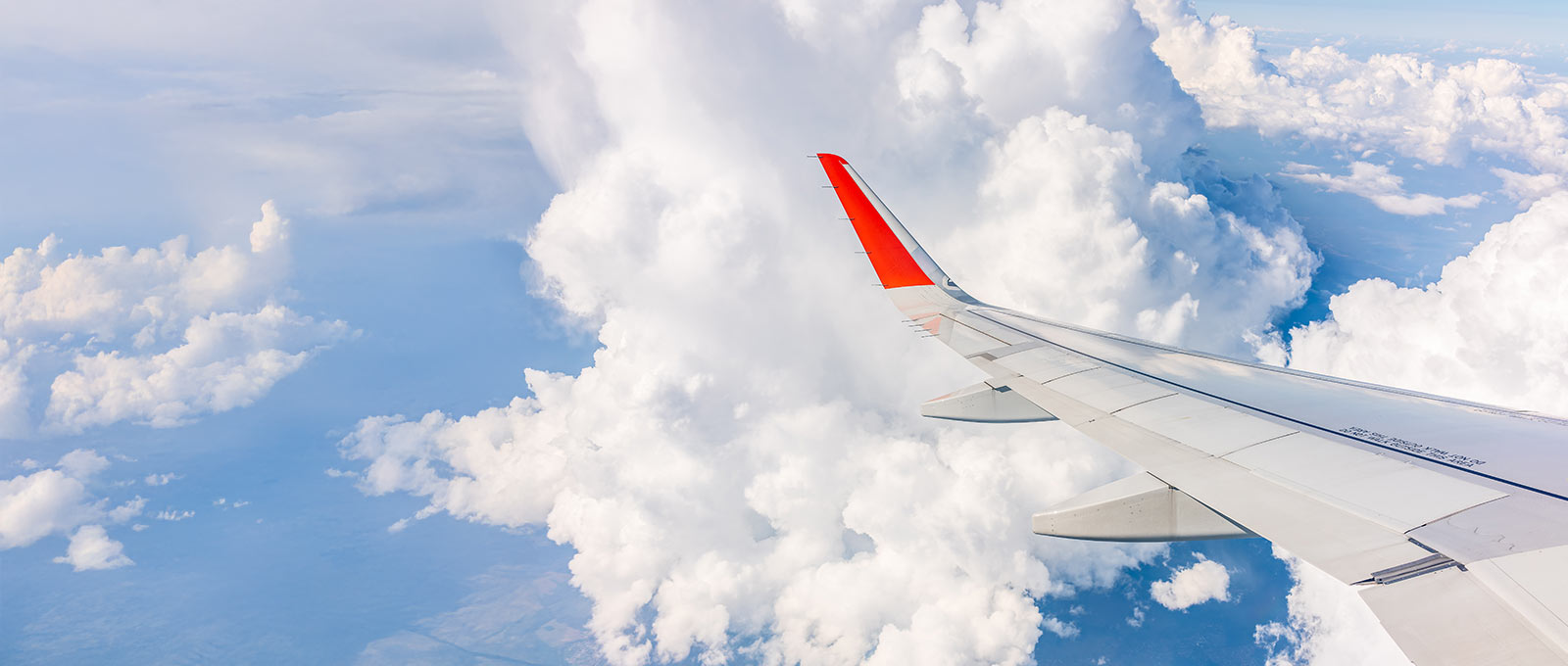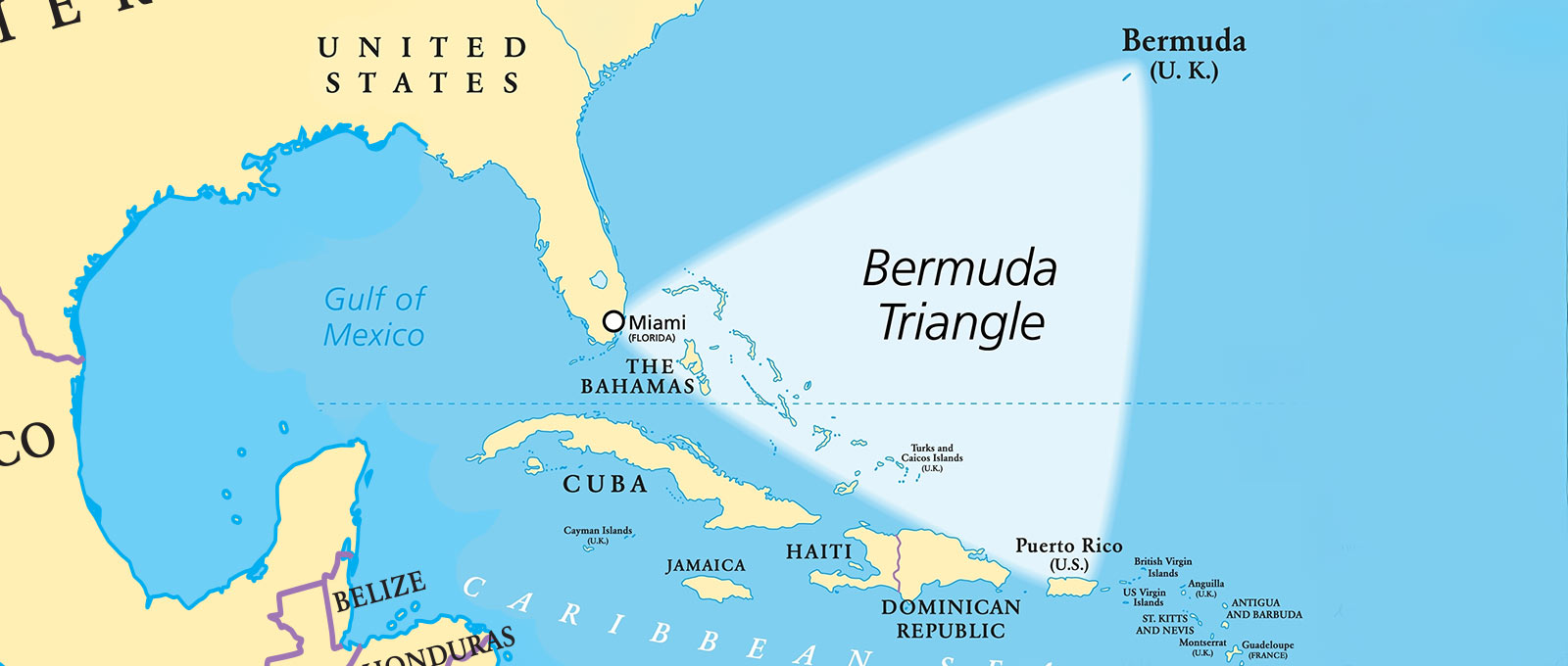Have you ever thought about how planes fly? It’s kind of strange to think of a metal box floating among the clouds and taking you from one place to another in such a short time. The answer to the question “How do planes fly?” can be found in this blog post, along with other related queries. Fasten your seatbelts and get ready for the flight!
Dynamics of Flight
How can planes fly? This is one of the most frequently asked questions worldwide. When you understand the basic dynamics of flight, the question marks in your head will fade away. Flying might seem magical at first glance, but it’s all about science, specifically physics and aerodynamics. An aircraft stays in the air because of the perfect balance between four fundamental forces: lift, weight, thrust, and drag. These forces work together in harmony to keep the plane flying smoothly through the sky. The wings of the plane are specially designed to generate lift. As the plane moves forward, air flows faster over the curved top of the wing and slower underneath. This difference in air pressure creates an upward force that counteracts the force of gravity. Meanwhile, the engines generate thrust, pushing the aircraft forward and helping it overcome drag, which is the resistance caused by air. Pilots control these forces using various parts of the aircraft, such as ailerons, rudders, and elevators. With the help of these control surfaces, the plane can climb, descend, or turn. All of this happens in real-time, managed by advanced technology and the pilot’s skill. Once you understand these principles, that flying metal box starts to make a lot more sense!

Do Planes Fly over the Bermuda Triangle?
Another question in mind would be “Do planes fly over the Bermuda Triangle?” To understand the answer to this question, we need to explain what the Bermuda Triangle is first. This is a region in the western part of the North Atlantic Ocean, roughly bounded by Miami (Florida), Bermuda, and Puerto Rico. It has long been associated with mysterious disappearances of ships and aircraft, leading to various theories ranging from unusual weather patterns to supernatural explanations. Despite its reputation in pop culture, scientific investigations have never found any extraordinary causes behind the incidents reported in this area. Commercial aircraft and cargo planes fly through this region daily without incident. It’s part of heavily used air routes between North America, Europe, and South America. The aviation industry treats this area just like any other oceanic airspace, with no special restrictions or warnings in place. Modern aircraft are equipped with advanced navigation, communication, and weather monitoring systems, making flights over the Bermuda Triangle as safe as anywhere else in the world. While the myths may still fuel curiosity, aviation authorities and pilots view it as just another section of the sky.

How Fast Do Small Planes Fly in Meters?
How fast do small planes fly? Small planes, such as single-engine aircraft or light sport planes, typically fly at speeds ranging from 60 to 100 meters per second. This translates to approximately 134 to 224 miles per hour. These planes are commonly used for short regional flights, recreational aviation, or pilot training. Their relatively lower speed compared to commercial jets offers more control and flexibility, which is ideal for navigating local airspace or landing on smaller runways. The exact speed depends on the type and design of the plane. For example, a Cessna 172, a popular training aircraft, usually cruises at around 250 km/h, while faster turboprop aircraft can exceed 360 km/h.
Factors such as wind resistance, altitude, aircraft weight, and engine performance also influence the speed of a small plane. Pilots must consider all these variables when planning their flights. Unlike large passenger jets, small planes are more sensitive to weather conditions. Strong headwinds or turbulence can reduce their effective speed, especially when measured over ground rather than in the air. That’s why pilots often check wind speed and direction carefully before takeoff. Despite their smaller size and speed, these aircraft play a vital role in aviation by making short-distance air travel more accessible and cost-effective.

How High Do Planes Fly?
The last question about the dynamics of flight is “How high do planes fly?” Commercial airplanes typically fly at altitudes between 10,000 and 12,000 meters above sea level. This is roughly 33,000 to 39,000 feet. The reason planes fly at this height is to find a balance between fuel efficiency, passenger comfort, and safety. At such high altitudes, the air is thinner, which means there’s less resistance for the aircraft. This allows planes to use less fuel while maintaining high speeds. Flying at high altitudes also helps pilots avoid turbulence caused by weather systems closer to the ground. It gives them a smoother ride and more time to respond in case of emergencies. Additionally, cruising at this level allows aircraft to fly above most clouds and other airborne traffic, ensuring a safer and more direct route between destinations. Military jets and some private aircraft, on the other hand, can fly much higher, sometimes up to 20,000 meters or more. These extreme altitudes are not suitable for commercial flights due to pressure and oxygen limitations. However, for most passenger airplanes, staying within the 10,000 to 12,000-meter range provides the best performance and overall flight experience.
Don’t forget to also check our blog post “Safest Means of Transportation“.















